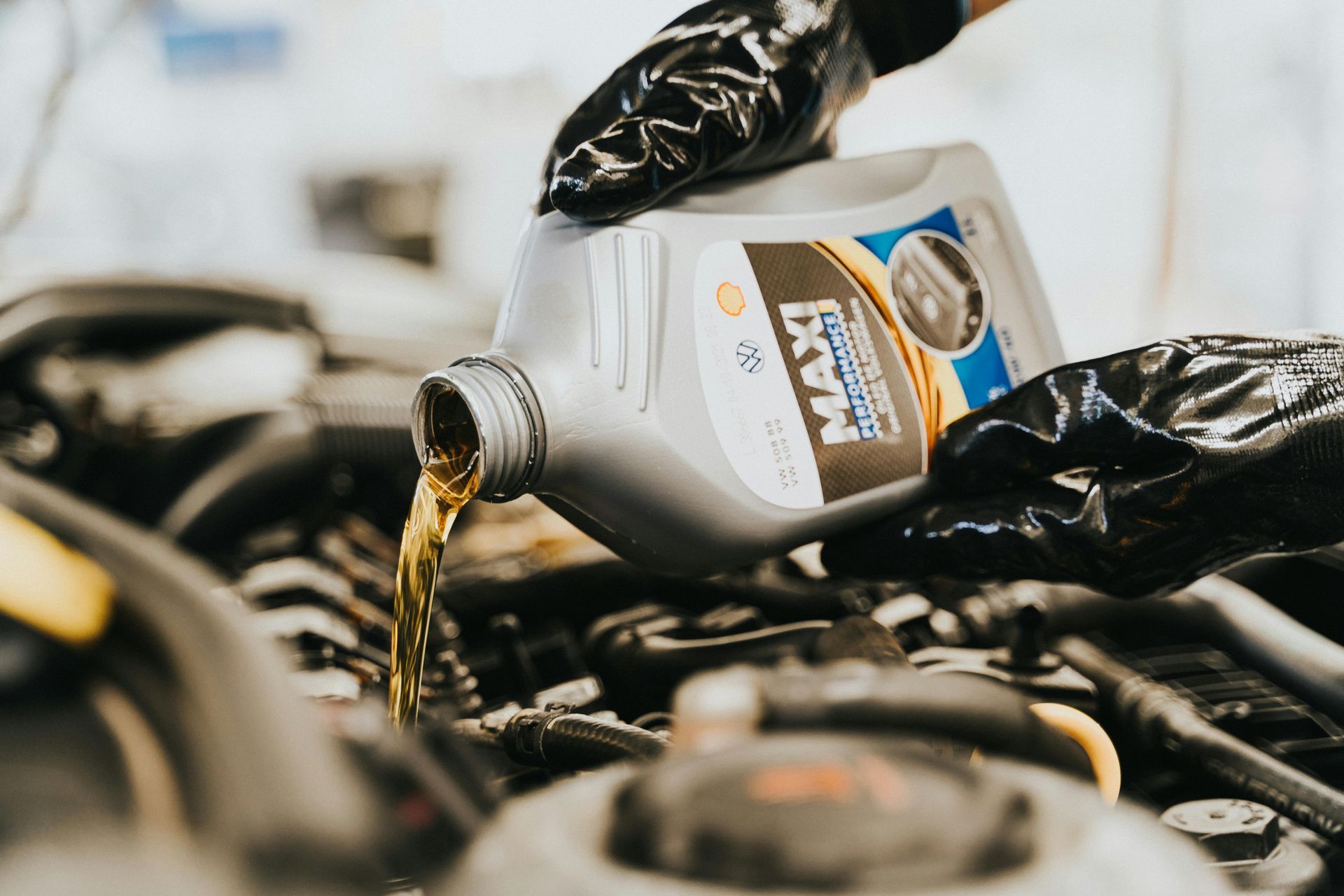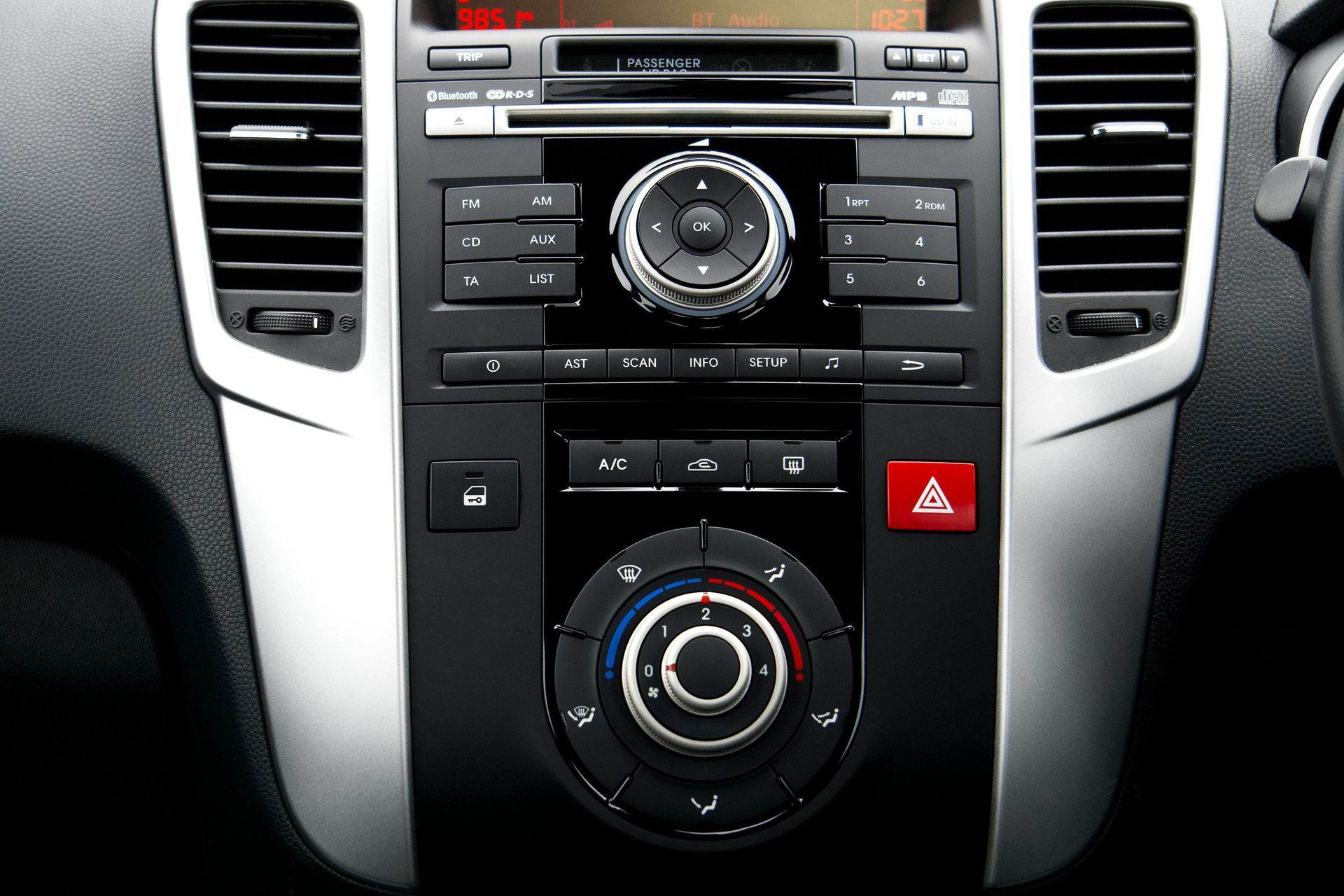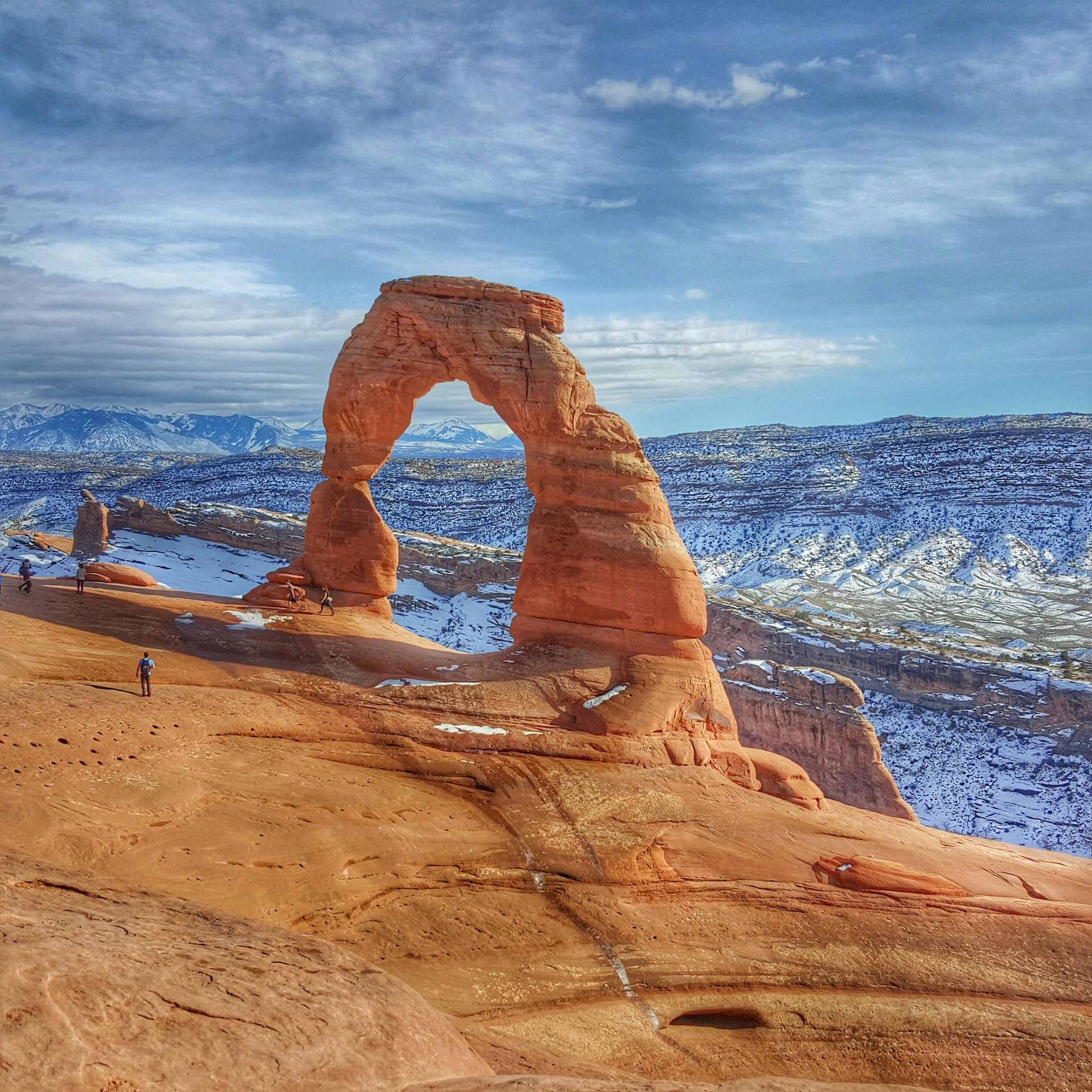Choosing the Right Tires for Salt Lake, UT Roads: A Local Expert's Guide
Selecting the right tires for your vehicle in Salt Lake City isn't just about finding a good deal—it's about safety, performance, and adaptability to our unique local conditions. From snowy Cottonwood canyon drives to hot summer commutes on I-15, Salt Lake drivers face diverse challenges that demand the right rubber meeting the road. Here's what you need to know to make the best tire choice for your specific needs.
Understanding Salt Lake's Unique Driving Conditions
Salt Lake City presents several distinct challenges for tires:
- Dramatic seasonal changes: From 100°F summers to below-freezing winters
- Varying elevations: City driving at 4,300 feet to mountain passes above 8,000 feet
- Diverse precipitation: Dry summers, wet springs, and heavy winter snow
- Road treatments: Salt and brine solutions that can accelerate tire wear
- Temperature fluctuations: Daily swings that can affect tire pressure and performance
These factors make tire selection particularly important for local drivers.
Types of Tires and Their Ideal Uses in Salt Lake
All-Season Tires
Best for: Valley residents who rarely drive in serious snow conditions
Advantages:
- Good performance in light snow and rain
- Longer tread life than specialized tires
- Comfortable, quiet ride for daily commuting
- Cost-effective for year-round use
Limitations:
- Less effective in heavy snow or ice
- Not ideal for frequent canyon driving in winter
Winter/Snow Tires
Best for: Residents who frequently drive in snow or travel to ski resorts
Advantages:
- Superior traction on snow and ice
- Better stopping power in cold conditions
- Special rubber compounds that stay flexible in freezing temperatures
- Often marked with the mountain/snowflake symbol
Limitations:
- Need to be swapped out seasonally
- Wear quickly in warm weather
- Additional storage required when not in use
All-Terrain Tires
Best for: Vehicles that split time between city streets and outdoor adventures
Advantages:
- Versatile performance across multiple surfaces
- Better off-road capability than standard tires
- Good for accessing Utah's numerous outdoor recreation areas
- Generally more durable against road hazards
Limitations:
- Often noisier on highways
- May reduce fuel economy
- Not specialized for extreme winter conditions
Performance Tires
Best for: Sports cars and performance vehicles primarily used in warm months
Advantages:
- Enhanced handling and grip on dry roads
- Better cornering and braking performance
- Improved response for spirited driving
Limitations:
- Poor performance in snow and ice
- Typically shorter tread life
- Not ideal for year-round use in Salt Lake
Key Factors to Consider When Choosing Tires
Climate Adaptability
For Salt Lake City drivers, the ability to handle temperature variations is crucial:
- Temperature rating: Look for tires rated for both high and low temperatures if used year-round
- Tread patterns: More siping (small slits in tread blocks) helps in wet and snowy conditions
- Rubber compounds: Different compounds perform better in different temperature ranges
Driving Habits
Be honest about how and where you drive:
- Daily commuter: Prioritize comfort, longevity, and all-season performance
- Canyon regular: Consider dedicated winter tires or high-quality all-terrain options
- Weekend adventurer: Look at all-terrain or on/off-road hybrid options
Vehicle Type
Different vehicles have different tire needs:
- Sedans and small SUVs: Usually well-served by quality all-season tires
- Trucks and larger SUVs: May benefit from all-terrain options
- Sports cars: Often require performance-oriented tires
Understanding Tire Markings for Salt Lake Conditions
When shopping for tires, pay attention to these markings:
- Mountain/snowflake symbol: Indicates the tire meets specific snow traction performance requirements
- M+S marking: Stands for Mud and Snow, but doesn't guarantee winter performance
- Speed rating: Letter code indicating safe maximum speeds (less relevant for daily driving)
- Load index: Numeric code showing how much weight the tire can support
- UTQG ratings: Uniform Tire Quality Grading for treadwear, traction, and temperature resistance
Seasonal Tire Considerations for Salt Lake
Winter Preparation
- Install winter tires before the first significant snowfall (typically mid-November)
- Consider keeping winter tires on a separate set of wheels for easy swapping
- Remember that winter tires are about more than just snow—they perform better in all cold conditions
Summer Preparation
- Switch back to all-season or summer tires when temperatures consistently stay above 45°F
- Check tire pressure as temperatures rise (pressure increases with temperature)
- Inspect tires for winter damage from potholes or road salt
Cost vs. Value: Making the Smart Investment
While premium tires cost more upfront, they often provide:
- Longer tread life
- Better fuel economy
- Enhanced safety in adverse conditions
- Improved vehicle handling and performance
For Salt Lake drivers, investing in quality tires appropriate for our conditions can save money long-term by reducing the risk of accidents, improving fuel efficiency, and extending the life of your tires.
Trust Jones Complete Car Care for Your Tire Needs
At Jones Complete Car Care, our tire experts understand the unique challenges of driving in Salt Lake City. We can help you navigate the complex world of tire options to find the perfect match for your vehicle, driving habits, and budget.
Our comprehensive tire services include:
- Expert recommendations based on your specific needs
- Competitive pricing on top tire brands
- Professional installation with proper balancing
- Tire rotation and maintenance to extend tire life
- Alignment services to ensure even wear
Don't wait until you're stranded in a snowstorm or dealing with a blowout on a hot summer day. Visit our Salt Lake City location at 4621 South 900 East or call us at 801-269-0111 to discuss your tire needs with our ASE-certified technicians. We'll help you find the right tires to keep you rolling safely through every season in the Beehive State!










